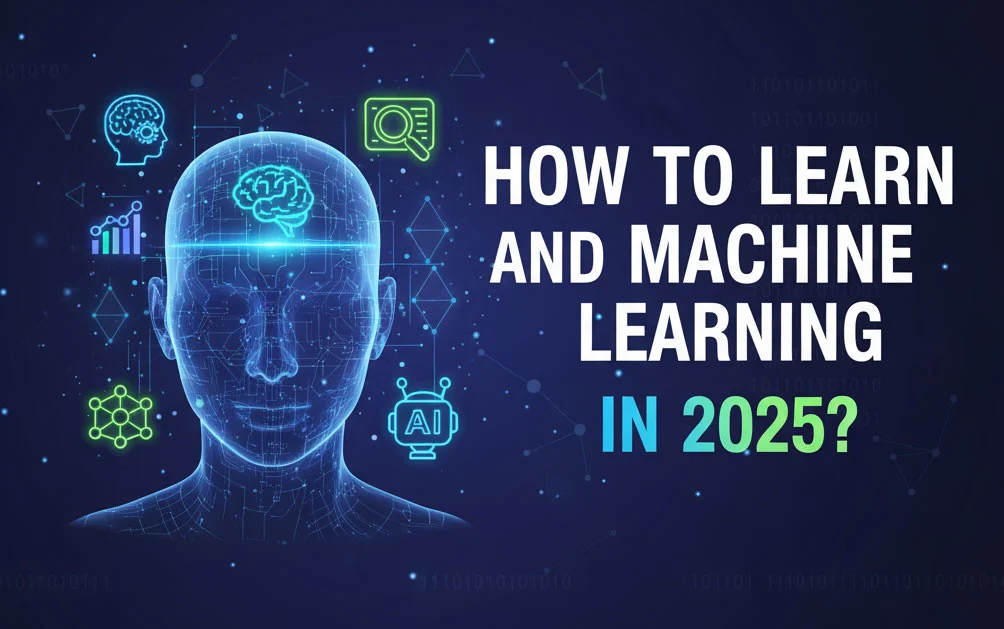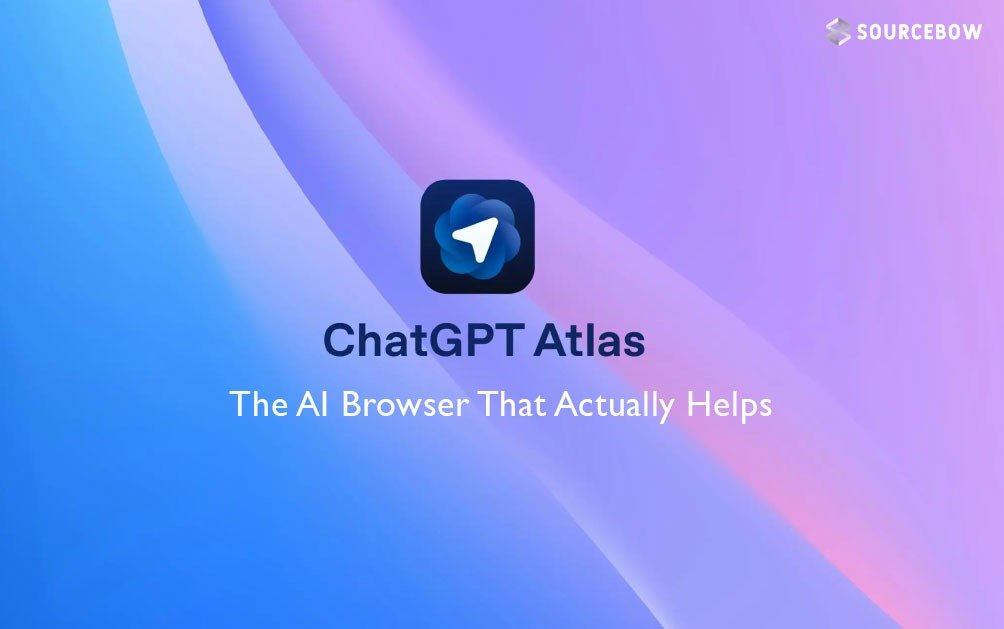Artificial Intelligence Roadmap 2025
AI is set to be the biggest trend of 2024, and if you’re not already learning it, you’re missing out. The demand for AI engineers is exploding, and for good reason. In India, even an average AI engineer earns around ₹1 lakh per month. But if you’re truly skilled and land a role in a top product-based company, the salary can shoot up to a crore. No joke.
That’s why it’s more important than ever to learn Artificial Intelligence and Machine Learning the right way in 2025.
Step 1: Master the Math
Let’s kick off this journey with the first big piece: math. AI and ML lean heavily on mathematical concepts. And here’s the thing—if you skip them, you’re just copying code off the internet. When bugs show up (and they will), you’ll be stuck. You won’t know what went wrong. That’s why math is the actual foundation of your AI journey.
The good part? You don’t need to learn every math topic out there. Just three or four areas will carry you a long way.
Linear Algebra
You’ll dive into vectors, determinants, matrices, eigen values, and eigen vectors. You’ll need this stuff for understanding how models process and transform data. Think image recognition and self-driving cars.
Probability and Statistics
You’ll explore mean, median, mode, standard deviation—all those seemingly boring things that power recommendation systems. Like how YouTube decides what you’ll probably like next.
Calculus
You’ll get into derivatives, integrals, gradients. Sounds intense? Maybe. But it’s exactly what trains and optimizes your models.
Step 2: Learn Python
Among all programming languages, Python stands out for AI. It’s readable, it plays well with other tools, and it’s everywhere in AI research. Plus, it’s not rocket science. Even school kids are learning it now.
Start with the basics—data types, if statements, loops, functions, OOP concepts. Don’t overwhelm yourself trying to learn every corner of Python. That’s not the goal. Just know enough to move forward. Once you’ve got that, try building mini-projects. Games. Simple scripts. Something that makes your brain click.
Step 3: Get Comfortable with Python Libraries
You’re gonna meet NumPy, Pandas, and Matplotlib. These are your core tools for analyzing data.
- NumPy handles numbers and arrays—basically, math on steroids.
- Pandas is your buddy for dealing with tables and CSV files.
- Matplotlib is your visualization weapon. Bar charts, pie charts, you name it.
All three together pack quite a punch when you’re working with data.
Step 4: Learn a Machine Learning Framework
Frameworks make life so much easier. You can pick from PyTorch, Scikit-Learn, or TensorFlow. For beginners, PyTorch and Scikit-Learn hit the sweet spot. They’re simple and show you what’s really happening under the hood. TensorFlow’s slick but hides too much early on.
Step 5: Understand Types of Machine Learning
There are three main types:
- Supervised learning – when your data is labeled
- Unsupervised learning – the model finds patterns on its own
- Reinforcement learning – reward systems like in games
Step 6: Apply Algorithms to Real Problems
Once you understand the types, you’ll run into regression and classification. Regression predicts numbers. Classification sorts things into categories. Then you’ll see algorithms like logistic regression, K-nearest neighbors, and decision trees.
Don’t just memorize them. Build small projects with them. Spam detection. House price prediction. Get your hands dirty.
Step 7: Practice on Kaggle
That’s where Kaggle comes in. It’s full of datasets you can play with. Titanic survival data. Handwritten digits. Clothes images. Start applying your skills. Real learning happens when you try and fail and try again.
Step 8: Learn Neural Network and Deep Learning
This is where things get juicy. A neural network is like a mini-brain—input goes in, it gets processed through hidden layers, and out comes a result.
You’ll learn about back propagation, layers, weights, biases, and tuning things like learning rate. That’s where you stack multiple layers in your neural network to solve complex problems.
Specialized Models
- CNNs for object detection and image recognition
- RNNs for sequences like text or speech
Step 9: Build Projects and Use Pretrained Models
Once you’re cool with neural networks, build things. Like face recognition or image classification. Use PyTorch or TensorFlow. Start with pre-trained models from Hugging Face. Fine-tune them. Build cool projects. Deploy them with Gradio or Streamlit.
Step 10: Explore Advanced Topics
If you’re still hungry, dive into advanced topics.
- Natural Language Processing (NLP) for understanding language
- Computer Vision for image-based learning
- Reinforcement Learning for decision-making bots
Step 11: Get into Generative AI
Now it gets real fun. Start exploring how tools like ChatGPT are built. Check out DeepLearning.AI’s tutorials on LLMs (Large Language Models), prompt engineering, and building custom tools with LangChain or Hugging Face.
There’s even a GPT Store now, where you can launch your own custom GPTs. Think of it like the App Store back in the day. It’s a wide-open space, and if you build something cool, people might even pay for it.
Wrapping Up
So yeah, that’s your roadmap. From zero to building actual generative AI apps. It’ll take time. Probably 7 to 8 months if you’re consistent. You’ll get stuck. You’ll get frustrated. But keep at it.
The magic happens once deep learning starts making sense. Concepts click. You get curious. Projects become more fun. And before you know it, you’re building stuff you couldn’t even imagine a few months ago.






